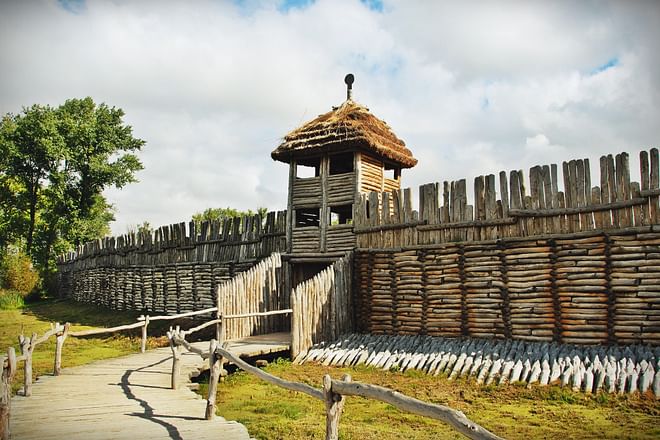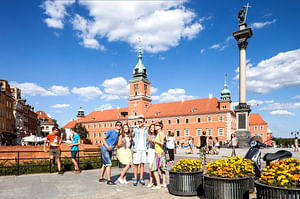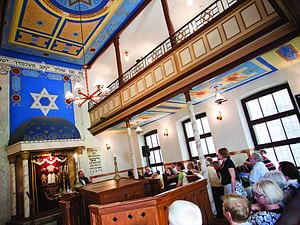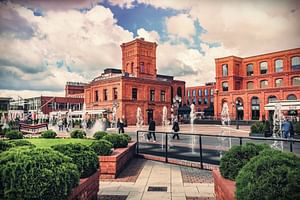Gniezno is one of the largest cities in Wielkopolska and an important point on the Piast Trail. Although the precise origins of the first settlement of Gniezno are not known, but a...
Gniezno is one of the largest cities in Wielkopolska and an important point on the Piast Trail. Although the precise origins of the first settlement of Gniezno are not known, but already in 8th century a fortified establishment was in here, so it is associated with the beginnings of the Polish state. It is in here where the baptism of Poland took places in 966 changing pagan country into Christian state. Bishop Wojciech (Adalbert) left here on his missionary expedition to the Prussians in 997. In 1000, the new church that Boleslaus the Brave had built around the grad was elevated to the status of a metropolitan cathedral and oversaw the dioceses of Cracow, Wroclaw and Kolobrzeg. Holy Roman Emperor Otto III also made a pilgrimage to Gniezno in 1000 to visit the grave of St. Wojciech. Poland’s first king, Boleslaus the Brave, was crowned in the cathedral in 1025, as was his son Mieszko II soon afterwards. Being a capital of Poland and a place of coronations of Polish kings the importance of Gniezno grew. Although later on the state capital was moved to Krakow, Gniezno still plays an important role in religious hierarchy being the religious capital of Poland and the archbishops of Gniezno is also a primates of Poland. Gothic Gniezno cathedral is one of the historically most important Polish churches. It contains the Gniezno Doors, one of the most important works of Romanesque art in Poland, as well as the coffin of Saint Wojciech (known as Adalbert of Prague). Apart of it Gniezno Old Town filled with historic townhouses, buildings and churches is worth a visit as well.











